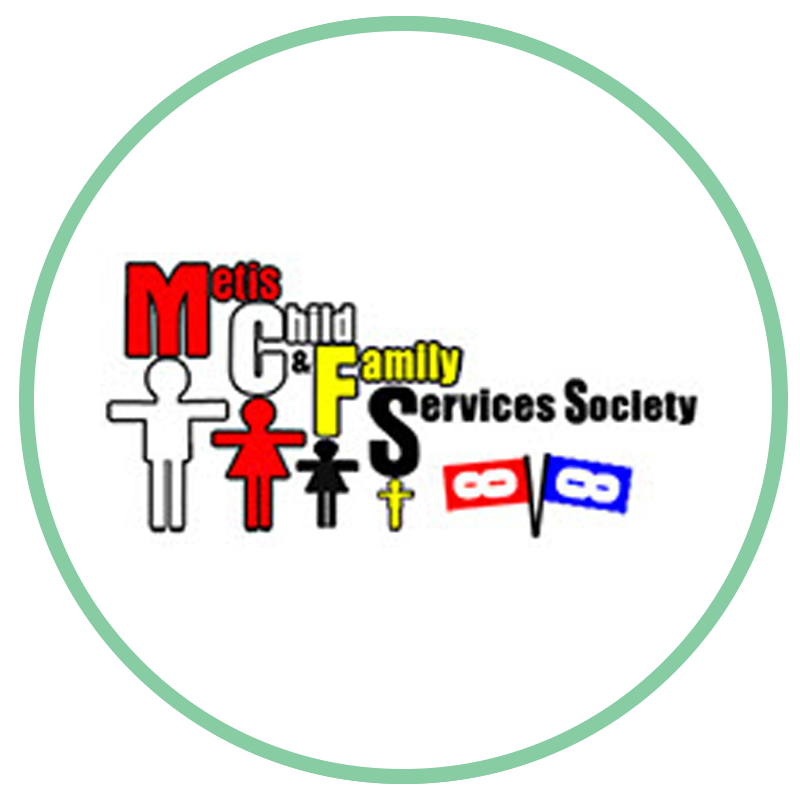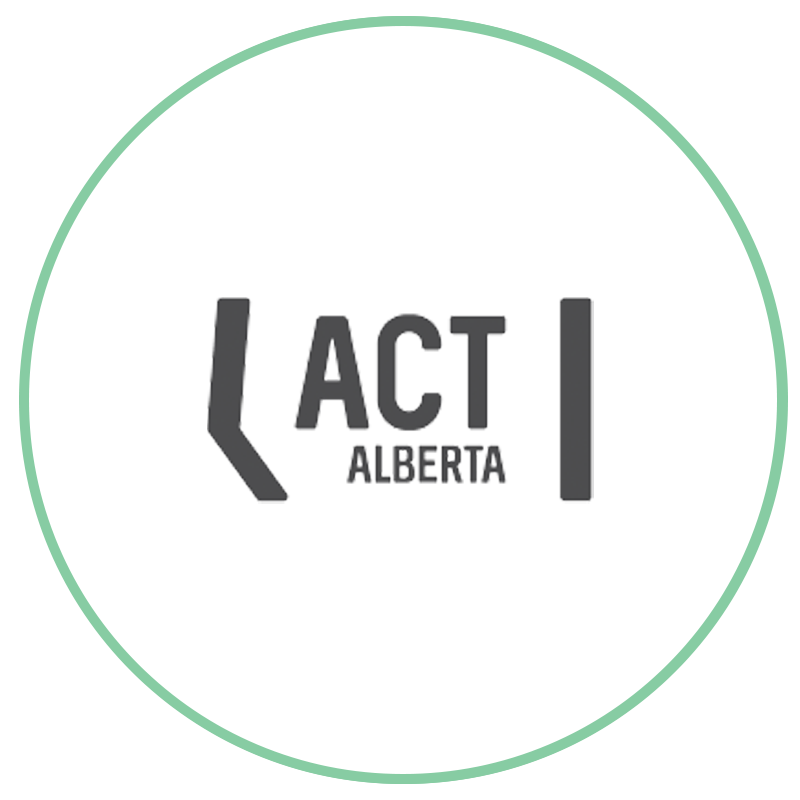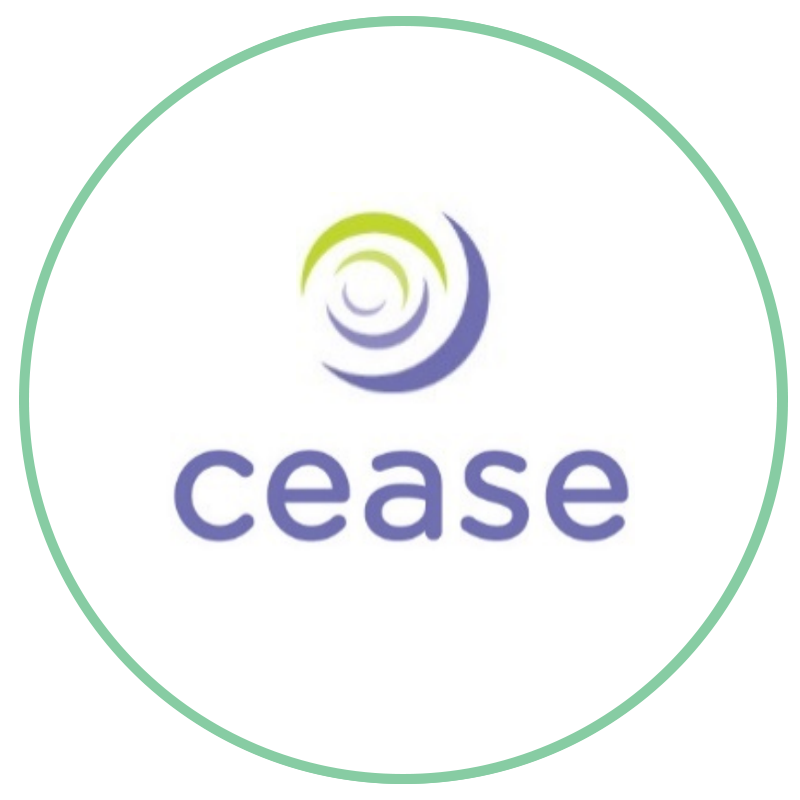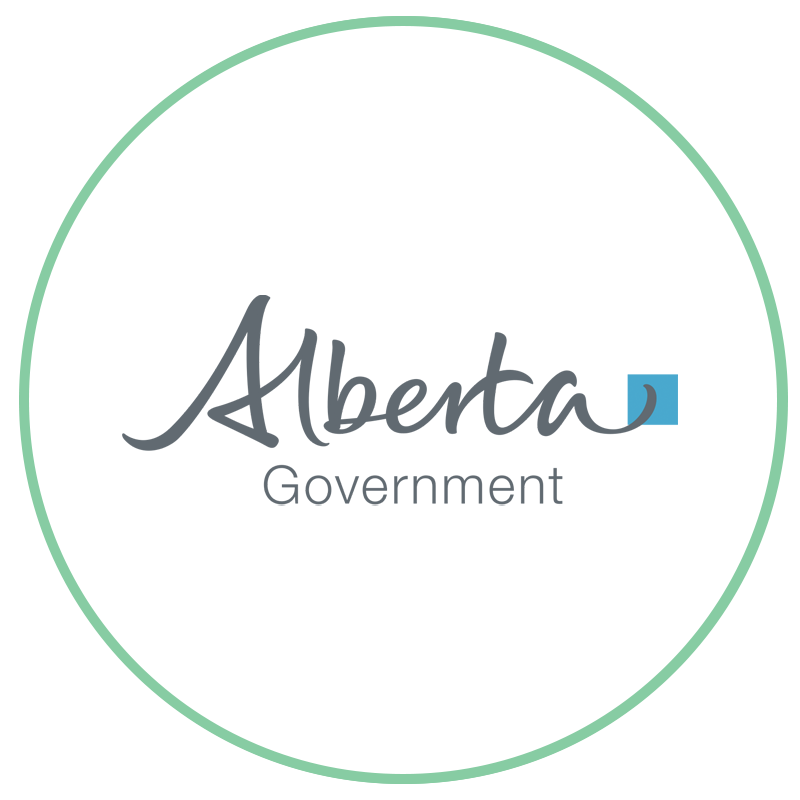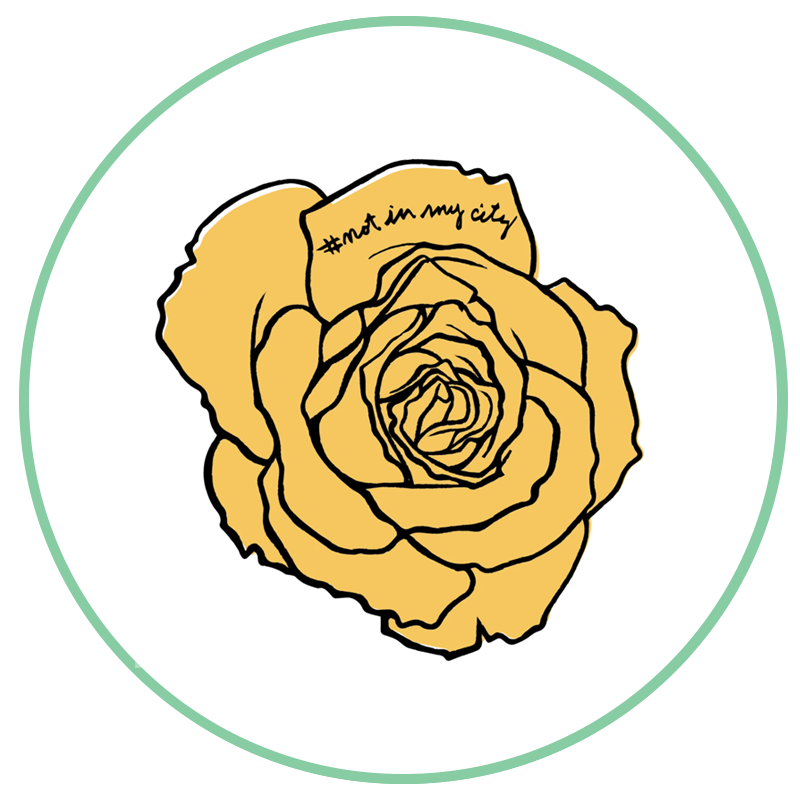There is a common misconception that human trafficking and sexual exploitation are crimes that only happen to people in other countries. In reality, these crimes can, and do, occur right here in Canada. In fact, most people who are trafficked for sexual exploitation in Canada are Canadian citizens, or already living here when they are targeted by traffickers.
In this article, we will explore the issue of human trafficking and sexual exploitation, including key definitions; populations that are disproportionately targeted; the differences between sexual exploitation and consensual adult sex work; indicators that a person might be trafficked; and how you can help.
What is human trafficking?
Human trafficking happens when one person controls the movements of another person in order to exploit them. It is often described as a modern form of slavery.
The United Nations has identified three key elements to help define human trafficking: there must be an act, means, and a purpose. This definition allows for the variety of tactics that may be used in human trafficking, but ultimately this definition of human trafficking can be simplified as the act of recruiting a person through various means (such as threats, coercion or force) for the purpose of exploitation.
Human trafficking is illegal in Canada under the Criminal Code of Canada and the Immigration and Refugee Protection Act.
While people may be trafficked for other purposes such as labour or removal of organs, and sexual violence may be a part of those abusive experiences, we will focus on human trafficking that is done for the purpose of sexual exploitation. Trafficking for the purpose of sexual exploitation occurs when there is an abuse of power by a third party. In these situations, a person is recruited, controlled, and coerced to provide sexual services against one’s will. This is also called sex trafficking.
What is sexual exploitation?
According to the United Nations, sexual exploitation is any actual or attempted abuse of a position of vulnerability, differential power, or trust, for sexual purposes. In these instances, one person is often profiting monetarily, socially, politically, or in some other way, from the sexual exploitation of another. Under this definition, a person of any age, gender, or background can experience sexual exploitation.
Child sexual exploitation is the act of coercing, luring, or engaging a child under the age of 18 into a sexual act, involvement in the sex trade, or the creation of child sexual exploitation material, with or without the child’s consent.
Under Canadian law, it is always illegal to engage children in the sex trade, or create “pornography” using their image. Though “child pornography” is the legally accurate term to use at this time, the word “pornography” suggests consent or that the behaviour isn’t abusive. Instead, we prefer to use terms such as “images of child sexual abuse,” “child sexual abuse material,” or “child sexual exploitation material” to make it clear that sexual images of children are always child sexual abuse.
Who is targeted, and who is at risk for sex trafficking?
While anyone can be impacted by this crime, traffickers often target people who face systemic oppression and discrimination. This is because when people have unmet needs, or are lacking community support or connections, vulnerabilities are created that traffickers can exploit. Here are some statistics on the populations who are most targeted by traffickers (from Not in My City):
New immigrant and refugee youth, youth experiencing homelessness or living in poverty, youth in care, 2SLGBTQ+ youth, and youth who have a history of early childhood trauma are also disproportionately targeted.
Children and youth can be trafficked for sex in many ways and in many different spaces, including: child sexual exploitation material, street and online sex trade, strip clubs, venues such as hotels, condos, private residences, parties and various social events.
It’s important to acknowledge that, no matter the circumstances that led to a person being trafficked or exploited, it is never their fault. There are many ways that people involved in the sex trade manipulate, coerce, or force people in positions of vulnerability into the sex trade. Again, it is the socially created vulnerabilities or lack of systemic power that leads to the disproportionate targeting of young women and girls, and especially those from Indigenous, immigrant, and refugee communities.
How does addressing sexual exploitation fit within a sex worker-positive perspective?
In a 2013 case called Bedford v. Attorney General of Canada, the Supreme Court of Canada ruled that aspects of prostitution increased the risk of harm to people engaging in sex work. As a result, Parliament passed Bill C-36 the next year with the objective to “reduce the demand for prostitution with a view to discouraging entry into it, deterring participation in it and ultimately abolishing it to the greatest extent possible”. This bill shifted Canadian law from the treatment of sex work as a “nuisance,” toward the idea that all sex work is a form of sexual exploitation that disproportionately and negatively impacts women and girls.
While lawmakers likely passed Bill C-36 from a well-intentioned place, we disagree with the view that all sex work is exploitative. As a person-centred agency, we believe that people are the experts of their own lives, and have a right to make decisions about their bodies — so long as they are consenting, not coerced, and of an age to be able to legally consent. Even if there is an exchange of money or goods, an adult sex worker has not forfeited their agency or rights to consent in the situation. As well, when sex work is consensual, the sex worker is an equal partner and sometimes even the initiator in setting the terms for and throughout that sexual contact, whereas that is not the case in situations of sexual exploitation.
At SACE, we support people who have experienced sexual violence no matter the circumstances surrounding the abuse. This includes people who have been harmed while working in the sex industry.
In order to prevent sex trafficking, we must address the different forms of marginalization that create vulnerable individuals and communities. By removing punitive laws and reducing the stigma around sex work that prevents reporting of exploitation and abuse, decriminalization allows sex workers to work more safely, thereby reducing marginalization and vulnerability. While many international organizations, including the World Health Organization, the Global Alliance Against Traffic in Women, Human Rights Watch, and Amnesty International, have all supported the idea of consensual adult sex trade decriminalisation to better protect the health and human rights of sex workers, this is most importantly an approach that studies have found is overwhelmingly supported by those most impacted: people who engage in sex work.

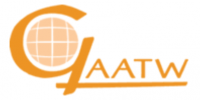
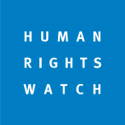

What are some of the signs that someone may be trafficked?
Here are some common indicators that a person may be trafficked for sexual exploitation:
For additional information about indicators and impacts, this booklet from the UK is a great youth-oriented resource.
How you can help
The most important thing to remember if you think a person is being trafficked is to act with care. People who are being trafficked are often in extremely precarious and potentially dangerous situations. Approaching a person who may be trafficked could make them afraid, or raise suspicions with the person causing them harm. If you suspect a case of trafficking, a careful assessment of the situation is necessary before taking any action.
Assess the situation
Just because a person is displaying one or more of the indicators listed above, doesn’t mean they are necessarily being trafficked. It’s important to look for multiple signs. If you are still unsure, consider whether it would be appropriate to talk to others to find out if they see the same signs as you. Remember to always act with care and discretion.
Support options & reporting
If you or someone else is in immediate danger, call 911.
Resources
The SACE Support and Information Line and Alberta’s One Line for Sexual Violence are available for people who have experienced any form of sexual violence, and for their supporters. For people who have experienced sexual exploitation or sex trafficking and are interested in accessing counselling, the SACE adult counselling and child and youth counselling programs are available at no fee. Other sexual exploitation and sex trafficking-specific programs and resources can be found below.


